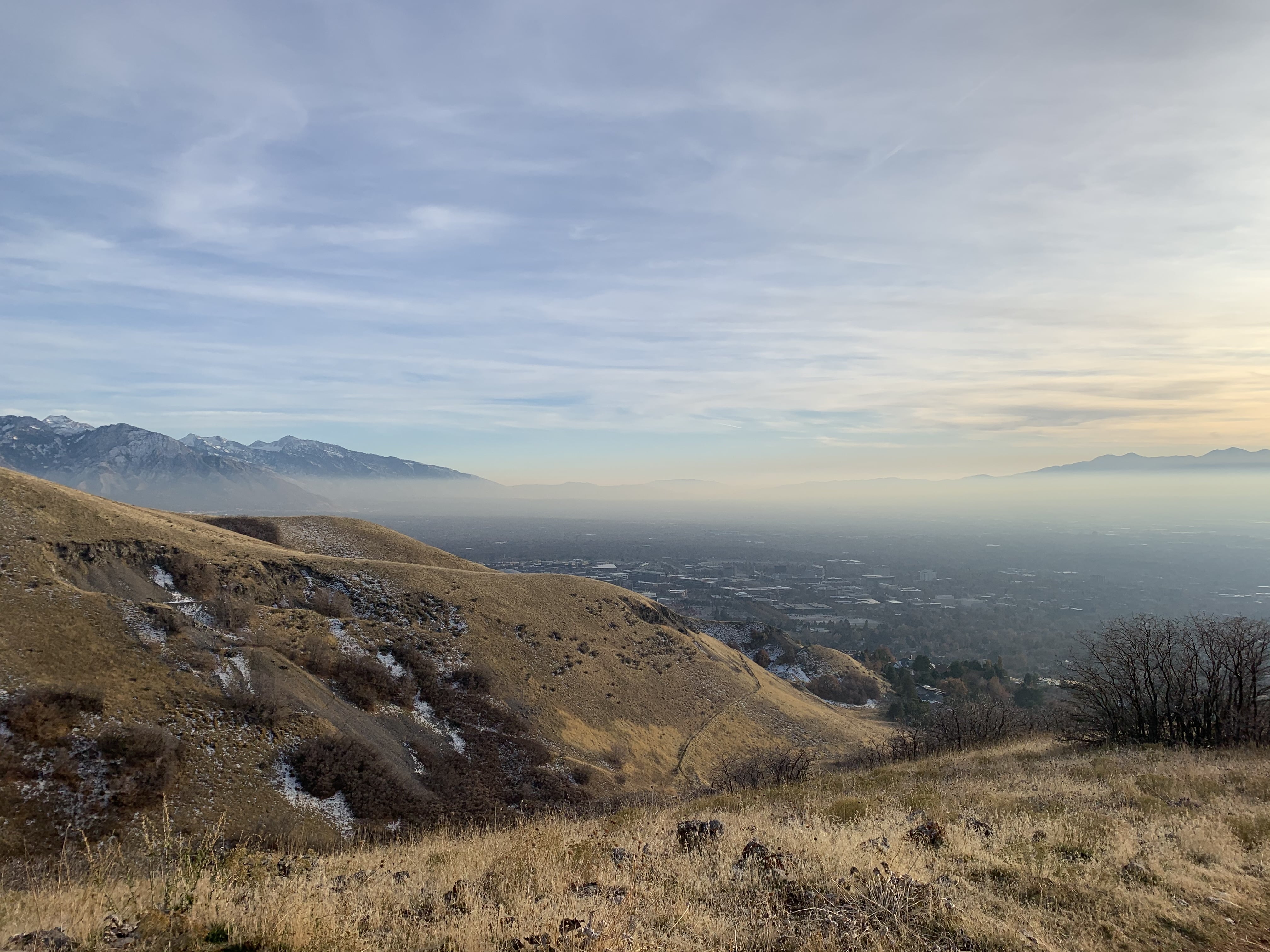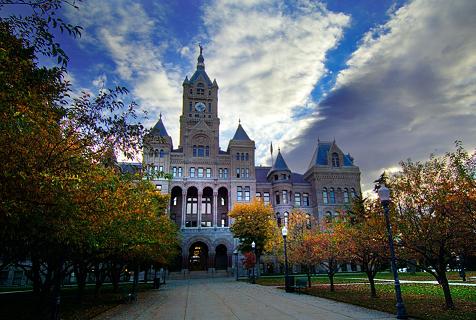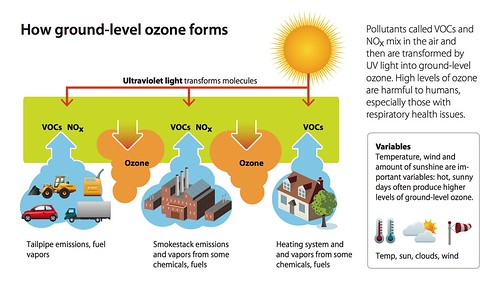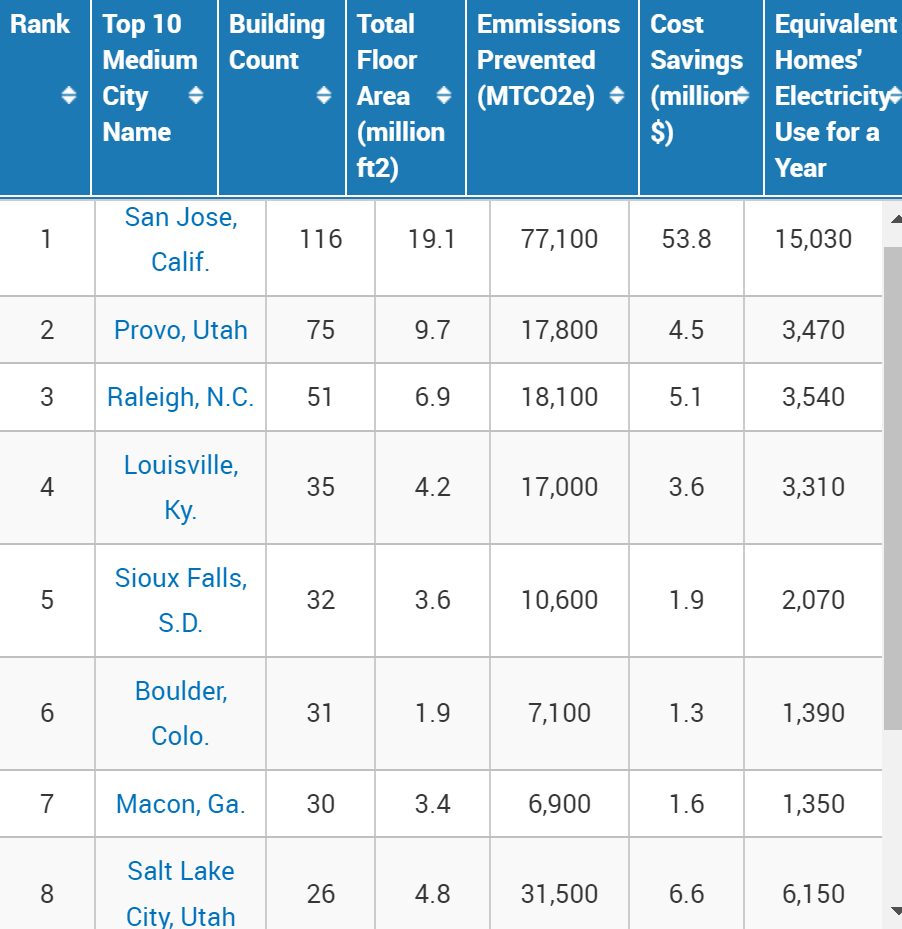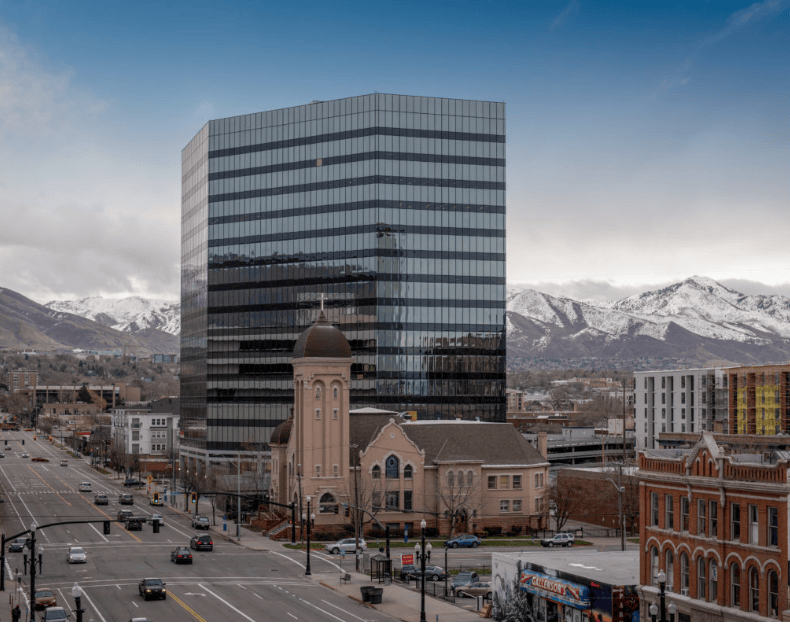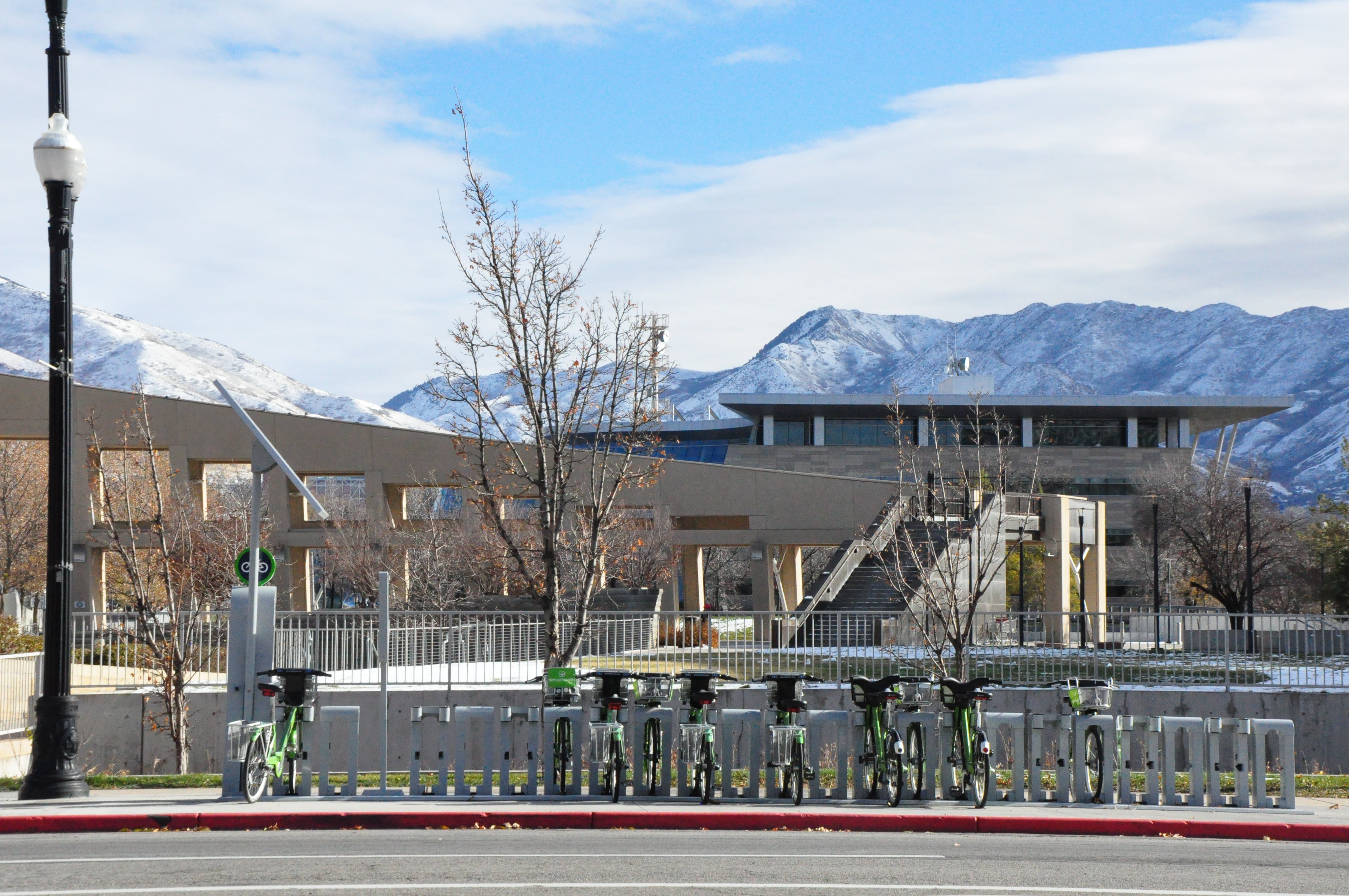PRESS RELEASE: November 17, 2022
A year-long effort to create solutions for Black-, Indigenous-, and People of Color- (BIPOC) owned businesses on the Westside of Salt Lake City to pursue rooftop solar and battery storage has received a significant boost thanks to a commitment from American Express.
American Express recently announced a $5 million global commitment to help cities build resiliency and fight climate change ahead of the United Nations Climate Change Conference which took place in Egypt last week. The Urban Sustainability Directors Network (USDN) has been awarded $1.2 million to work with three cities, including Salt Lake City, to install solar energy systems in our community.
American Express will provide $325,000 in philanthropic support to complement other incentives and financial strategies to help install solar with optional battery systems for small businesses on the Westside. These systems can lower energy costs for residents and businesses, can be more resilient than standard electric sources during extreme weather, support local clean energy jobs, and reduce greenhouse gas emissions.
“I’m thrilled with American Express’ generosity, which will build off the hard work our City team and partners have done to advance solar on our Westside,” said Salt Lake City Mayor Erin Mendenhall. “We have the tools to reduce climate emissions, strengthen community resiliency, and save our businesses and residents money through clean energy, and this collaboration is a perfect demonstration of that.”
Continue reading

